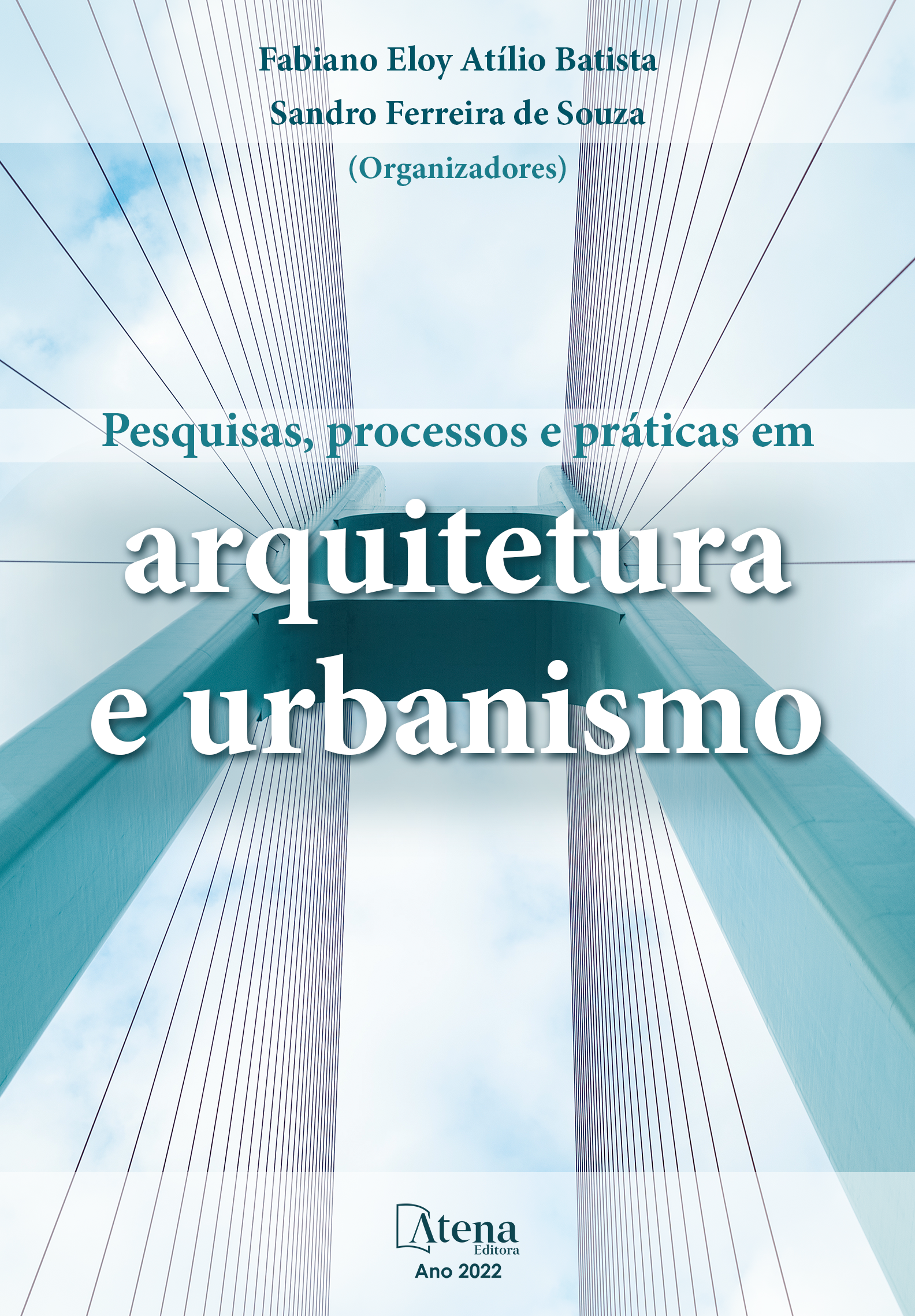
ACCESIBILIDAD EN CENTROS HISTÓRICOS PATRIMONIALES, PROPUESTAS DE DISEÑO EN CUESTIONES DE MOVILIDAD. CASOS DE ESTUDIO: GUANAJUATO, GTO. MÉXICO, TUNJA Y BOGOTÁ COLOMBIA.
El objetivo de esta investigación es estudiar el paisaje urbano de las ciudades en América Latina, principalmente de la ciudad de Guanajuato, México; Tunja y Bogotá, Colombia; estableciendo comparativas de conservación de centros históricos en accesibilidad y movilidad.
Partiremos de un análisis urbano en cuestiones de movilidad, crecimiento y planeamiento; recordando que cada ciudad tiene un patrimonio innegable y que en ocasiones existen limitaciones y/o modificaciones que no permiten el acceso a toda la población para su goce y disfrute. El enfoque de esta investigación va direccionada a encontrar similitudes en Latinoamérica, generando propuestas sustentables sin alterar el patrimonio y ser valorados sin condicionar su visita-recorrido por limitantes físicas en el planeamiento de la ciudad.
Los elementos de análisis son: proyectos de accesibilidad y movilidad en América Latina en los casos de estudio, normativas, manuales de diseño universal para un acercamiento a obtener ciudades incluyentes, sin límites ni barreras visibles y/o físicas. Guanajuato con una dinámica social, interactuando en sus calles y callejones, condicionante para cualquier visitante debido a su topografía. Tunja como nodo articulador vial; con patrimonio arquitectónico y cultural en su plaza fundacional, calles reales y caminos procesionales, topografía accidentada e identidad arraigada en la cotidianidad de sus habitantes, escenario de eventos: movilidad -espacio público.
Bogotá, ciudad capital con mayor extensión y población, centralidad económica-comercial y política; conserva su centro histórico y es punto de partida de investigación por su contraste: ciudad metropolitana/elementos patrimoniales.
Tenemos como elementos las tres ciudades: el viandante, su patrimonio y la movilidad urbana.
ACCESIBILIDAD EN CENTROS HISTÓRICOS PATRIMONIALES, PROPUESTAS DE DISEÑO EN CUESTIONES DE MOVILIDAD. CASOS DE ESTUDIO: GUANAJUATO, GTO. MÉXICO, TUNJA Y BOGOTÁ COLOMBIA.
-
DOI: 10.22533/at.ed.9202224085
-
Palavras-chave: Asentamientos humanos, intervenciones en Centros históricos, accesibilidad en América latina, Diseño universal, Accesibilidad incluyente
-
Keywords: Human settlements, interventions in historic centers, accessibility in Latin America, universal design, inclusive accessibility
-
Abstract:
The objective of this research is to study the urban landscape of cities in Latin America, mainly from the city of Guanajuato, Mexico; Tunja and Bogotá, Colombia; establishing comparatives of conservation of historic centers in accessibility and mobility.
We will start from an urban analysis on issues of mobility, growth and planning; remembering that each city has an undeniable heritage and that sometimes there are limitations and / or modifications that do not allow access to the entire population for their enjoyment and enjoyment. The focus of this research is aimed at finding similarities in Latin America, generating sustainable proposals without altering the heritage and being valued without conditioning their visit-tour by physical limitations in the planning of the city.
The elements of analysis are: accessibility and mobility projects in Latin America in the case studies, regulations, universal design manuals for an approach to obtain inclusive cities, without limits or visible and / or physical barriers. Guanajuato with a social dynamic, interacting in its streets and alleys, conditioning for any visitor due to its topography. Tunja as a road articulator node; with architectural and cultural heritage in its foundational square, real streets and processional roads, rugged topography and identity rooted in the daily life of its inhabitants, events scene: mobility -public space.
Bogotá, capital city with greater extension and population, economic-commercial and political centrality; It conserves its historic center and is the starting point of research for its contrast: metropolitan city / heritage elements.
We have as elements the three cities: the passer-by, their heritage and urban mobility.
-
Número de páginas: 27
- Colmenero Fonseca, Fabiola
- Blanco Ramírez, Diana María
- Lyda maritza Gamboa Leguizamón


